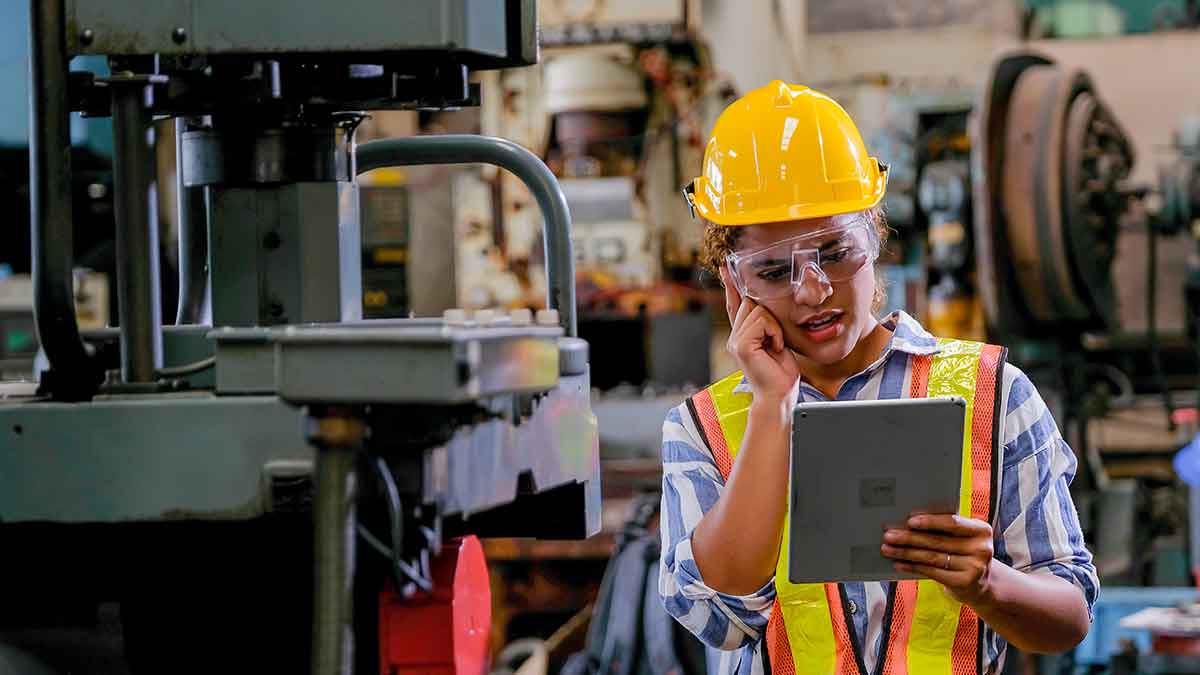It is anticipated that more than half of major business processes will partially use IoT architecture in their companies by the end of the decade. In 2021, nearly $300 billion will be made by IoT devices that are intelligent and up to 26 billion in total.
The study also shows that internet-connected devices have increased by thirty times, which will significantly impact the functionality of the supply chains.
Besides, the enterprise and automotive Internet of Things market will grow to 5.8 billion by the end of 2021, meaning a 21% increase from 2019.
How IoT Architecture Revamps the Supply Chain
SCM’s primary goal in IoT adoption is to be able to accurately track specific items and shipments. It allows logistics workers to track cargo transport and inventory. The general architecture of IoT goes beyond asset monitoring.
Let’s look at some key insights on how IoT could transform the entire supply chain potential.
- Warehouse monitoring: Predict when the parcel will arrive at a warehouse or other location. This functionality improves the quality of their decisions and increases the accuracy of shipping forecasts. They can see the delivery date and time in real-time and recognize and minimize risks.
- Real-time location tracking: Customers will be immediately notified if there is a problem with the product, also, they can track the shipment until it reaches its destination.
- Upgrade contingency planning: IoT architecture gathers all the data necessary to make a flexible emergency plan that avoids any delays.
There are some roadblocks while using IoT Architecture in SCM
Many enterprises still use outdated systems and platforms for order monitoring and SCM despite the widespread adoption of digital solutions. It is difficult for managers to integrate IoT-based systems into their environment, which combines the best of both legacy and innovative systems.
Insufficient Capable Team
Fast training is essential for warehouse workers and drivers to adapt to managing internet-connected networks. It takes time to explain the security rules and the user guides on company platforms.
Nowadays, It is difficult to find qualified IoT specialists to create a solution that meets the customer’s requirements because there are not many IoT professionals on the market. Supply chain executives need to realize that it would not be easy to build an experienced team.
Security Threats
Before switching to connected platforms, supply chain supervisors must ensure that the IoT architecture is secure. Data storage and processing vulnerabilities can cause external attacks and leaks that could lead to a company’s reputation.
Company leaders can use ML and cryptographic activity reports to safely manage external security risks and access all data stored.
Data Storage
SC managers also benefit from the IoT’s ability to process large quantities of data. However, this advantage also means that servers must be able to store, process, and analyze all data. To ensure accurate IoT-based analytics reports, company leaders must establish data governance and hire data scientists.
Connectivity Issues
Without reliable internet connectivity, IoT architecture cannot work. A stable internet connection is essential as drivers travel from one country to the next.
As 5G expands rapidly and internet coverage increases, this problem will hopefully be solved. This obstacle has been a problem for managers of the SCM process.
Bandwidth is another concern for SCM. The bandwidth consumed by connected systems is often large and requires the continuous operation of farm servers at high levels.
IoT Architecture Applications in Different Subdomains of Supply Chain
These are just a few examples of how IoT can be used in manufacturing supply chains and retail:
- Manufacturers make money by delivering goods as soon as possible.
- To ensure that their raw materials are safe, chemical companies use IoT devices and tools. This allows them to monitor and alarm if they are high temperatures.
- IoT-enabled cameras identify any defects and dispose of damaged products.
- IoT devices can monitor soil moisture and determine the best time for planting or harvesting.
- To track the products arriving at distribution centers, retailers work with logistics parks.





